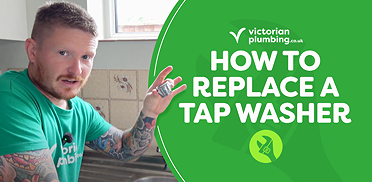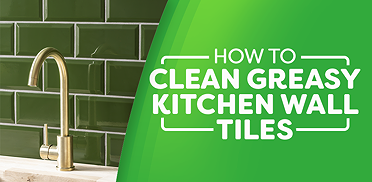January Sale - Grab Up To 70% Off!
Plus an extra 10% off Taps with code TAPS10. Code ends in:
How to Get Rid of Mould and Mildew in the Bathroom
How to Get Rid of Mould and Mildew in the Bathroom
Mould and mildew can be a big problem in bathrooms. It can ruin the overall look of your bathroom and also cause health problems for you and your family. Find out how to prevent growth and rid your bathroom of mould and mildew.
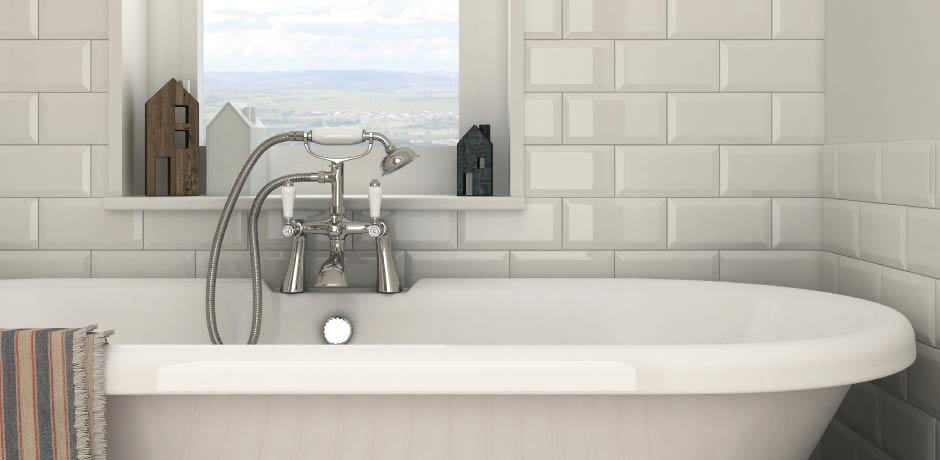
Bathrooms are the perfect breeding ground for mould. It can grow anywhere—walls, ceilings, floor coverings and tile grout. All mould needs to thrive is moisture and a lack of ventilation, and once mould has taken hold in your bathroom, it can be difficult to permanently remove it.
Not only that, but black mould can be actively harmful to health, especially for people who suffer from chest complaints or allergies.
The ideal solution is to prevent mould taking root in your bathroom in the first place. Read our handy guide to the best way to prevent mould and what you can do if it does appear.
What is mould?
Mould is fuzzy in appearance and can come in a variety of colours such as brown, orange, green, purple or pink. Unlike mildew, mould can grow almost anywhere and it is not always visible. Mould can also cause some serious health problems if left untreated.
What is mildew?
Mildew begins as yellow spots that become brighter at first and then end turning brown or black. Despite not being as dangerous as mould, mildew can cause damage to materials that become affected by it, so it is important to treat mildew before it has the chance to do any serious damage.
How does mould and mildew appear in the bathroom?
Tiny particles of mould are always floating around your house (don’t worry, they’re far too small to cause any harm to your home or health) but when given the right conditions they can spread quickly and become a potential threat before you know it. Dark and damp conditions, such as those in the bathroom make it a hotspot for mould and mildew. The parts of the bathroom most likely to be affected are the grouting, shower curtain, bathtub and tile surfaces.
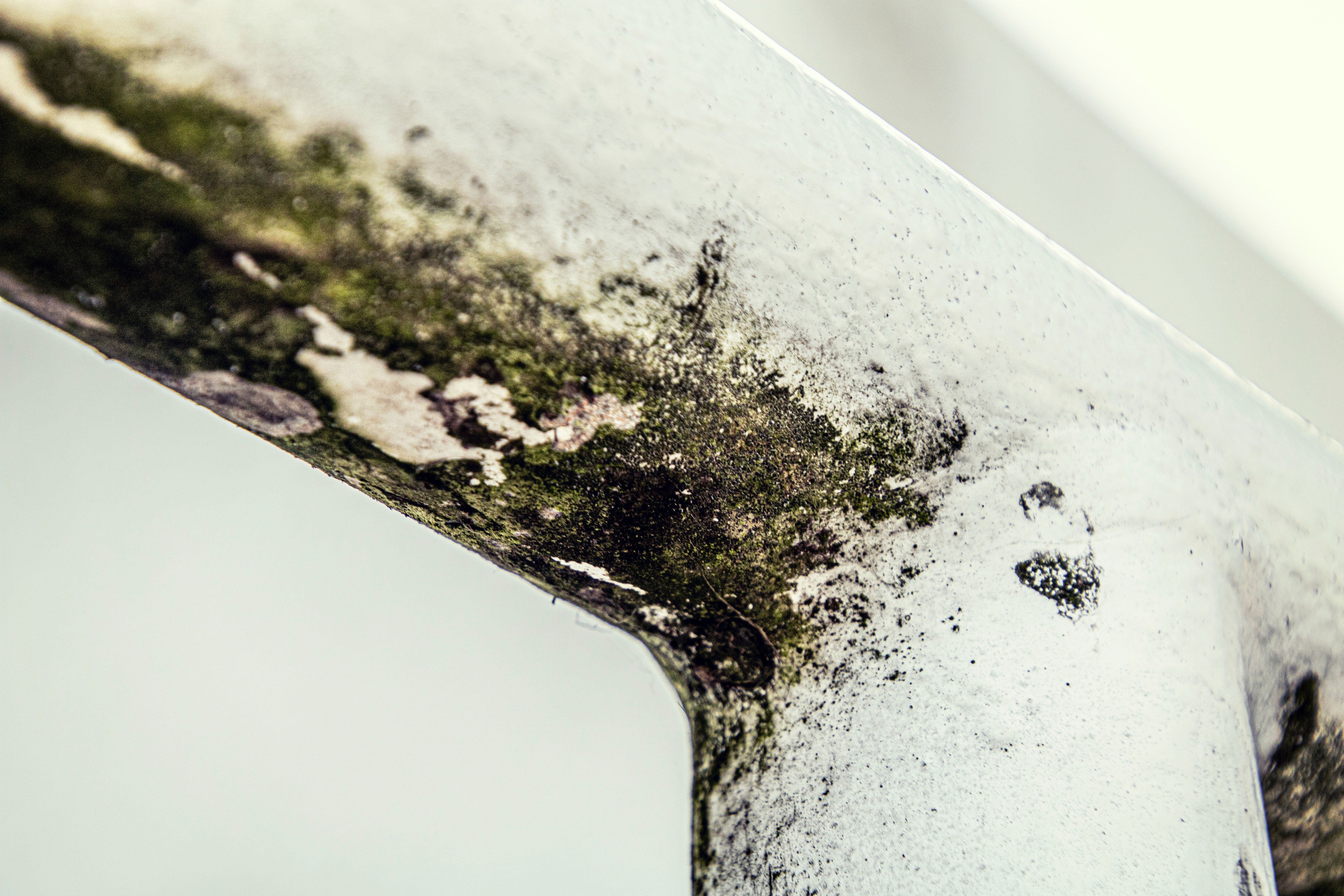
How to prevent mould forming in your bathroom
1. Keep your bathroom well ventilated
- Leave the door and any windows open as much as possible, especially after a bath or shower.
- Fit a ventilation fan to an outside wall or ceiling and make sure it’s switched on whenever the bathroom is in use.
- Air conditioning or a dehumidifier can be used to keep humidity low.
- A more low-tech solution, place a container of damp control crystals in the room and replace regularly (can be bought from any good home supply store).
2. Get rid of excess moisture after bathing or showering
- Clean and dry the bath, sink, shower and all other wet surfaces.
- Hang towels and bathroom rugs to dry immediately after use.
- Pull out the shower curtain to its full length to allow it to dry.
- Clean and dry the shower screen or curtain regularly.
- When re-painting the bathroom use mould-resistant gloss paint.
- Replace the seal around the bath and sink with mould-resistant sealant.

Check for mould regularly
Sometimes, mould can creep into your bathroom without you noticing. This often occurs in areas which aren’t regularly checked, like behind toilets or under-sink units.
Leaky toilets and taps are a breeding ground for mould, so if you start to notice a damp, musty odour, take action straight away. Look for leaks around the base of the toilet and around the bottom of taps where the seal may have deteriorated. Take off the bath side panel and check underneath for leaks around pipes which may be dripping onto the floor.
Areas which can be missed during regular cleaning include shower fixtures and fittings or tile grouting and sealant, so make sure you check these for those tell-tale black stains.
How to remove mould
As soon as you spot black mould anywhere in the bathroom act fast to remove it and stop it from spreading. You could use white vinegar or bleach but, for a serious outbreak of mould, a dedicated commercial mould removal product is a better solution. These are sprayed or wiped on, left to work, then rinsed off. Use these carefully and always cover your clothes and hair, especially if using sprays on ceilings. Keep the room well ventilated while you use them.
Wear rubber gloves as the stronger mould removal products can harm the skin. Strip away any sealant or grout which is mouldy, clean the area with a removal product or bleach then re-grout any tiles and re-seal when totally dry.
As the old saying goes, prevention is easier than cure—so it’s always best to protect your bathroom from mould in the first place. However, if it’s already there, you should now have a fair idea of what to do about it.
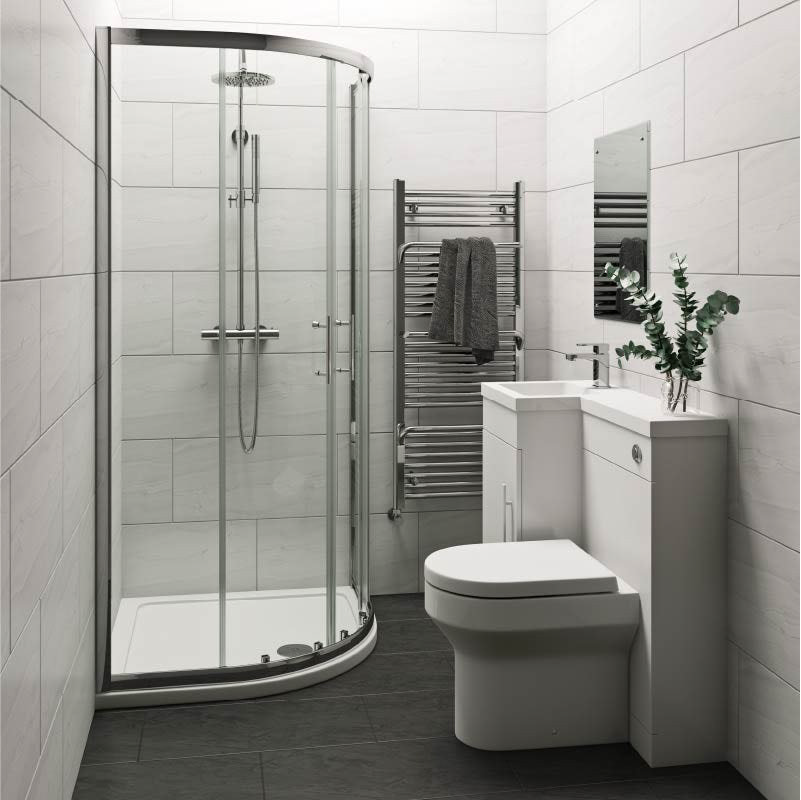
Is bathroom mould dangerous?
This is a question that is often asked. Bathroom mould can potentially be dangerous, although the level of risk depends on various factors such as the type of mould, the extent of the infestation and an individual's sensitivity or allergic reactions to mould. Here are a few points to consider:
Allergies and respiratory issues
Mould releases spores into the air, which can trigger allergic reactions in some people. Symptoms may include sneezing, coughing, congestion, skin rashes or irritated eyes. Individuals with pre-existing respiratory conditions like asthma may experience exacerbated symptoms.
Toxic mould
Certain types of mould, such as Stachybotrys chartarum (commonly known as black mould), are considered toxic. Exposure to these moulds may lead to more severe health effects, including respiratory problems, headaches, fatigue and, in some cases, neurological symptoms. However, it's important to note that toxic mould is relatively rare, and not all black-coloured moulds are toxic.
Weakened immune systems
People with weakened immune systems, such as those undergoing chemotherapy or individuals with HIV/AIDS, may be more susceptible to the health risks associated with mould exposure.
Structural damage
Mould can deteriorate the surfaces it grows on, including walls, tiles, grout and other materials in the bathroom. Prolonged mould growth may lead to structural damage and the need for costly repairs.
To minimise the potential risks, it's important to address bathroom mould promptly following the steps set out in this article.
No matter how big or small your bathroom issue may be, we have plenty of expert advice that will help keep your bathroom in great shape. Check out all our latest bathroom tips and tricks.

Megan
Megan is an expert bathroom blogger, she enjoys writing helpful DIY articles and bathroom inspo blogs. As well as specialist bathroom advice, Megan also shares expert how-to blogs with step by step guides.

